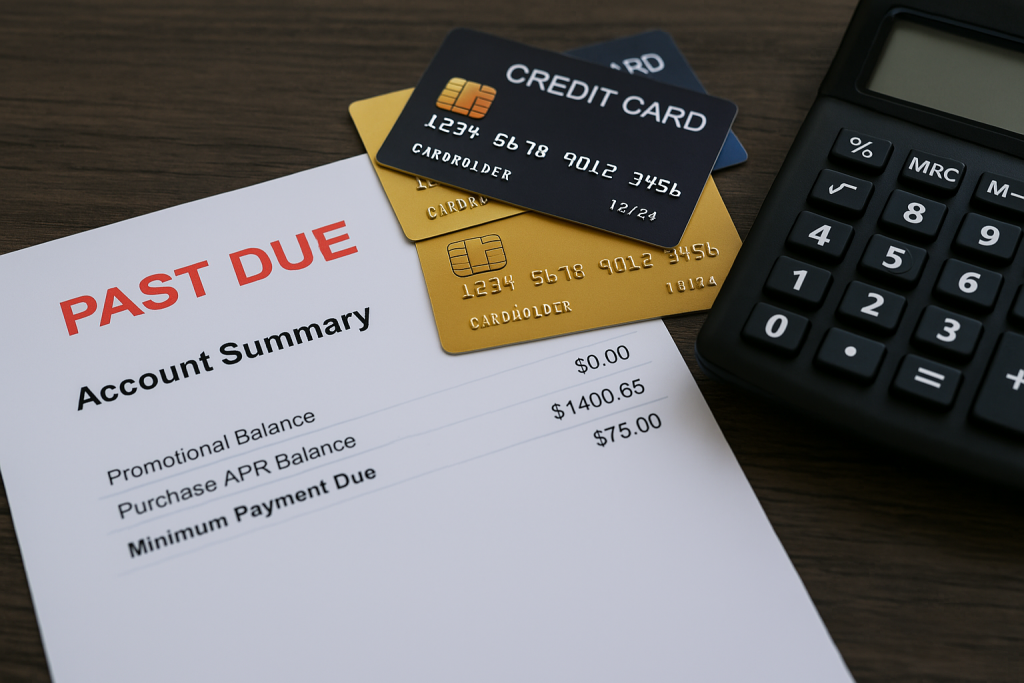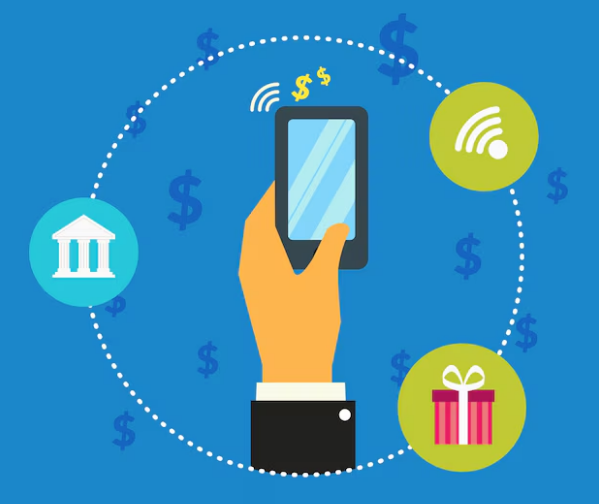In the world of modern finance, few things catch a consumer’s eye like a “0% APR” promotion. These offers, prominently advertised by banks and fintechs, seem like the perfect solution for managing expenses or consolidating debt. But beneath the surface of these appealing deals lies a reality many people overlook: not all credit cards are as friendly as they appear when it comes to promotional interest rates.
While it’s true that some promotional APRs can offer temporary relief, especially during financial stress, they often come with caveats. Misunderstanding the terms, missing a payment, or carrying a balance after the promo ends can turn your interest-free period into a costly burden. Knowing how these promotions work is the first step toward using them wisely.
What is a promotional interest rate?

A promotional interest rate is a temporarily reduced annual percentage rate (APR) offered by credit card issuers. It typically applies to new purchases, balance transfers, or both, and is usually valid for a fixed period—often between six and 18 months. During that time, you may pay little to no interest, depending on the offer.
While it sounds like a no-brainer to take advantage of 0% interest, especially if you need time to pay off a large expense, these promotional rates are a marketing tool. The goal is to attract customers, encourage spending, and ultimately convert them into long-term users who carry a balance and pay interest after the promo ends.
The fine print that can cost you
One of the biggest traps associated with promotional APRs is the complexity of the terms. Not all credit cards offer the same grace periods, and many promotions come with strict rules. A single late payment could void your offer, triggering the standard APR on your entire balance.
Additionally, some cards offer deferred interest rather than true 0% APR. In these cases, interest is still accruing in the background during the promotional period. If you don’t pay the full balance by the end of that period, you could be charged all the back interest from the date of the purchase.
Common pitfalls with promotional APRs
Even well-intentioned borrowers can fall into trouble. Promotional periods encourage spending under the illusion of freedom from interest, but without a repayment plan, balances can grow faster than expected. If you’re not tracking your spending, it’s easy to end up with a larger balance than you can repay once the standard APR returns.
Another frequent mistake is assuming that all transactions during the promo period are treated equally. Some credit cards only apply the promotional rate to balance transfers, not new purchases. In these cases, new spending may accrue interest immediately unless you pay off that portion of the balance in full each month.
Comparing promotional vs. regular APR behavior
Many people focus on the 0% number and forget to look at what happens after the promotional period ends. The reality is that if you don’t pay off the full balance in time, the interest that kicks in can quickly erase any short-term savings. Understanding the difference between promotional and regular APRs helps you avoid being blindsided when your statement total unexpectedly spikes.
It’s also important to realize that not all balances are treated the same. Some cards apply different APRs to purchases and transfers, and your payments may be allocated in ways that don’t favor you. By understanding the mechanics of how interest applies after a promotion ends, you’ll be better equipped to manage your credit cards and protect your budget.
| Scenario | Promotional APR | Standard APR | Interest Paid | Total Cost |
|---|---|---|---|---|
| Paid off in 12 months (promo) | 0% | 0% | $0 | $3,000 |
| Minimum payments only (promo) | 0% for 12 months, then 22% | 22% | ~$400+ interest | ~$3,400+ |
| Deferred interest, not repaid fully | 0% (deferred) | Retroactive 22% | ~$600+ back-charged | ~$3,600+ |
Who should consider promotional rate offers?
Promotional interest offers can work well for certain people, especially those with a plan. If you’re looking to make a large purchase and have the discipline to pay it off within the promo period, a 0% APR can be a great tool. The same goes for consolidating higher-interest debt from other credit cards, as long as the math makes sense.
However, if you tend to carry balances, miss due dates, or use your card without a strict budget, these offers can be risky. You might save in the short term but pay much more over time. For some, a lower fixed-rate personal loan may be safer than relying on the temporary nature of promotional credit card rates.
Red flags to watch for in promotional offers
Promotional rates may look attractive, but some contain hidden traps that cost more than expected. It’s crucial to read all the terms and conditions carefully, especially in the fine print. The more vague or overly optimistic an offer sounds, the more cautious you should be. The goal is to identify anything that could lead to surprise charges or accelerated interest.
- Vague language around “deferred interest”
- A short promotional window paired with a high revert APR
- High balance transfer fees (3%–5% of the amount transferred)
- Minimum monthly payments that barely reduce your principal
- Lack of clarity on how payments are allocated between balances
How to safely use a 0% APR offer
If you do decide to use a promotional rate, make sure you create a repayment plan upfront. Divide the total amount you plan to borrow by the number of months in the promo period and stick to that monthly payment. Treat the expiration date like a deadline, not a guideline.
Use autopay whenever possible to avoid missed payments. One mistake could not only end the promotion but also damage your credit score. And if your credit cards offer separate promos for purchases and transfers, understand how your payments are applied to each.
Promotional rates and your credit score
While promotional APRs don’t directly affect your credit score, how you manage them does. Taking on a large balance—even with a 0% APR—can increase your credit utilization ratio, which is a key factor in your score. If your utilization spikes, your score might dip temporarily.
On the flip side, using promotional offers responsibly and paying them off as agreed can reflect positively. Your payment history and ability to handle promotional debt wisely demonstrate creditworthiness. It’s all about how you use the tool—not the tool itself.
The long-term view: beyond the promo period
When the promotional period ends, what happens next is just as important. Many credit cards revert to APRs above 20%, which can cause balances to balloon quickly. That’s why you should think of these offers as temporary bridges, not permanent solutions.
If you still have a balance when the promo ends, consider your options. You may be able to transfer it again, but repeated transfers come with risks and fees. Alternatively, a personal loan or budgeting changes could be more sustainable than chasing endless 0% deals.





